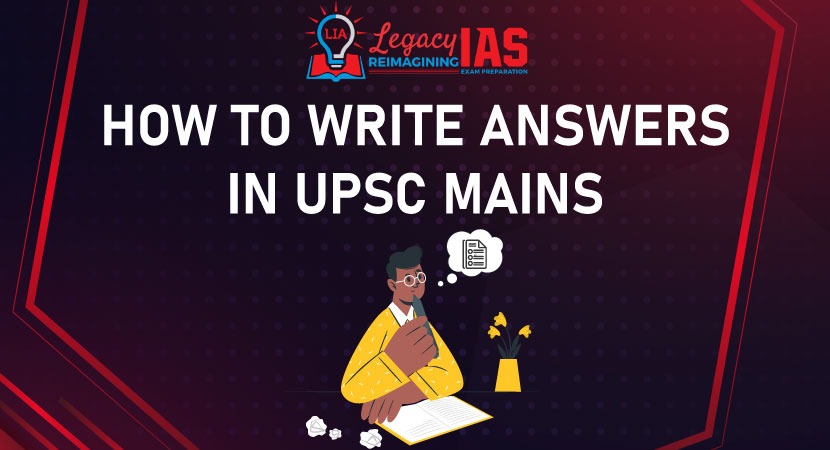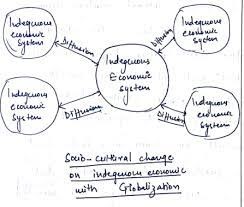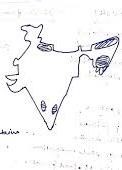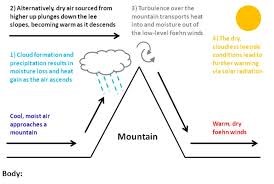How To Write Answers In UPSC Mains?

UPSC CSE is one of the most reputed examinations held in India and considered to be one of the toughest exams given the fact that the number of aspirants appearing for it every year and the diversity of the syllabus, which demands long study hours and determination.
UPSC Preliminary exam being the first stage, the marks obtained in it shall not be counted to determine a candidate’s final order of merit.
The Mains Examination consisting 9 papers in which two papers are qualifying, only the marks obtained in 7 papersPreview Changes (opens in a new tab) are counted to determine the merit along with the score in personality test. This signifies the importance of answer writing as part of our UPSC Preparation and “It is Mains that ensures whether you make it or break it”.
Answer writing continues to be one of the biggest “mysteries” for the UPSC exam and preparation. UPSC expects 150-250 words answer for 10 marks/15 marks Question. Answering those questions in this word limit is a skill that needs to be acquired through practice.
Now let us examine the pre-requisite before going to the structure of answer writing:
- Syllabus: UPSC syllabus should be your guiding light. It is very important to read the UPSC syllabus very thoroughly. One should ensure that they have at least minimum content for each topic in the syllabus and should be able to relate current affairs topics to the syllabus. Keeping syllabus copy handy on your study table really helps.
- Previous Year question papers: Refer to the previous year’s UPSC question papers, analyze the weightage given to each topic, and solve them. This helps one to know the actual standards of the exam and gives an idea about what to focus on and what not to focus on.
- Read and Revise: Revision is the key. All the notes and tests taken should be revised from time to time. This helps in understanding topics, increase conceptual clarity. Giving mock tests helps a lot. It assesses your preparation level and also helps you to analyse the mistakes and correct the same when you revise them. There is a need to gain sufficient knowledge over a diverse set of subjects rather than focusing on one topic, and to do this one should try to be a generalist than being a perfectionist. Use of the Internet and Books extensively for the preparation, especially for dynamic topics like science and technology, helps.
- Practice: Daily answer writing practice is very important. As Mains not only demands memory and intelligence but also Endurance, lack of prior practice can cause both mental and physical fatigue during the exam. It is equally important to practice in a controlled exam environment adhering to the word limit and completing the questions in a given time i.e., in a 3-hour format. How to ensure this? Here test series plays a key role as it induces discipline in your preparation and one should never skip the mock test.This helps to know your stand in all India level or at the level of the institute you have enrolled. Evaluate the answer, find areas of improvement, and try to incorporate those in the next answer. Timely evaluation of answer scripts are also important and getting enrolled in one of the Best IAS Institute in Bangalore will surely help.
- Notes: Organization of notes is equally important and it should be according to the syllabus. This makes revision easy.
Equal importance should be given to static as well as Current Affairs topics. There is a trend that aspirants focus more on current affairs and give less importance to the static portion especially in the case of GS2.
It is ideal to attempt all the questions. At least write a generic answer to the questions in which you feel that you do not know the exact answer to the question. As UPSC is a fight for every mark, leave no stone unturned.
Start answer writing practice as early as possible as there is nothing enough in UPSC preparation and the early you start, the early you master it. This helps retain facts, figures, develop a structure to the answer. Compare the answers with model answers or with toppers’ answers, identify the areas of improvement and try to incorporate what you have learned in your answer. This eventually helps to develop a blueprint to your answer. This also improves your answer writing speed.
- Understanding the type and demand of the question is important. Look for the keywords like
- “Examine and Critically Examine”– There is a need to examine the topics in depth and identify the causes and implications if any.
- “comment”-There is a need to pick up main points and analyse and give your opinion on them and support your answer with sufficient data, fact or arguments.
- “Analyse”– It is a broder term of Examine, it requires examining each part and give a fair argument in the end.
- “Evaluate”-There is a need to evaluate the question and give a sound argument supporting your answer and there is a scope of forming personal opinion.
- “Discuss”: There is a need to identify the pros and cons of the question and need to give reasons for the same.
Before Starting The Mains Question Answers
Always read the question thoroughly and multiple times and underline the keywords. This helps to focus on the question and answer to the point. This also ensures that every element of the question is addressed. The very moment you read the question and understand it, set your mind on the structure and framework of your answer.
Thus, before starting the answer, give few seconds to structure your answer, decide what to write in the introduction, Body, and Conclusion. Addressing the demand of the question is very important and this helps to answer to the point.
Introduction:
This is the most important part of the answer as it gives your first impression to the examiner. The introduction should give a glimpse to the examiner as to what to expect in your answer ahead. One can start with a fact, definition, quotes, ideas, report of a committee or its recommendations or start from a current example.
The introduction should not exceed 2-3 lines and should adhere to the word. Most preferably, it should be in a paragraph rather than being in points.
Body:
The body of the answer helps to communicate the core idea and concept to the examiner supported by relevant data and facts.
- The main crux of the answer should be here and it can be divided into various subheadings. One can follow pointwise or paragraph-wise based on the type of question and comfort
- Presenting both sides of the issue is crucial even if it is not explicitly asked in the question. It should be supported with relevant facts, data, reasoning and conclude the answer with what you think is right.
- Use subheadings: It presents a particular aspect of the question and ensures a neat way of presentation and makes your answer look very formal. Subheadings can use the same wording as used in the question making sure examiner sees that every part of the question is addressed and this makes his task very easy. It helps to break down the question into parts and to stay connected to the topic.
- The type of question asked in UPSC can be Objective or subjective or both. This gains relevance with respect to the Essay paper where the choice of question is important.
- Project a Multi-Dimensional approach to the answer like Technological, Economic, Global fora, Strategic, defence, Educational, Social, Cultural, National, Moral perspective and also analyzing in the perspective of different stakeholder, vulnerable sections like Women, Senior citizens, Children’s, Dalits, sexual minorities, Tribals, disabled, Transgenders and so on.
- Try to incorporate relevant Articles and Supreme court judgements, various committee reports like Sarkaria commission, Punchii commission, ARC reports, Niti Aayog’s 3 year action agenda, Indices, important treaties and agreements signed between the countries in appropriate places. Also list few core points about the committee or agreement mentioned in your answer, this adds authority to the answer.
- Innovate with presentation: Illustrate using Maps, diagrams, flowcharts, graphs, Schematics, and so on and few example pictures are shown below. This ensures better presentation, saves time, looks neat, adds uniqueness to the answer which breaks the monotony of the examiner. Diagrams should be self-explanatory and at least one diagram per question gives value addition to your answer. Underline the keywords in your answer and ensure to capitalize reports or committee names.



- Handwriting does not negatively affect one’s score but should ensure proper alignment and words should be clearly readable.
Conclusion:
- There is a need to conclude the answer properly and ending it abruptly may not fetch enough marks. The conclusion should be non-repetitive from the body and can also refer back to the introduction.
- Suggestions to improve or overcome the challenges which were explained in the body part, a way forward and it should be visionary, futuristic, optimistic and end with a positive note.
Ability to correlate topics, interlink ideas, basic knowledge about the topic, and conceptual clarity with multi-dimensional approach is important. The answer should be informative and not speculative and answering to the point is what is needed.
The answer should reflect a significant amount of maturity. Simplicity is the best approach and use of flowery language and use of Jargons can be avoided.
There is a need to plan your targets, plan the strategy that suits you. It is important to work hard coupled with smart work, not missing out any low hanging fruits and being sincere to oneself. Enjoy studying and enjoy learning. This makes the entire preparation worth it.
Your preparation should be your biggest motivation. The more you read, the more you revise, the more you write answers and evaluate them will push you’ll be pushed forward to do more.
Call 9606900004 or drop your DAF at legacyiasacademy@gmail.com to get more guidance.
Click Here to Check Out: LEGACY IAS UPSC COMPLETE FOUNDATION COURSE



